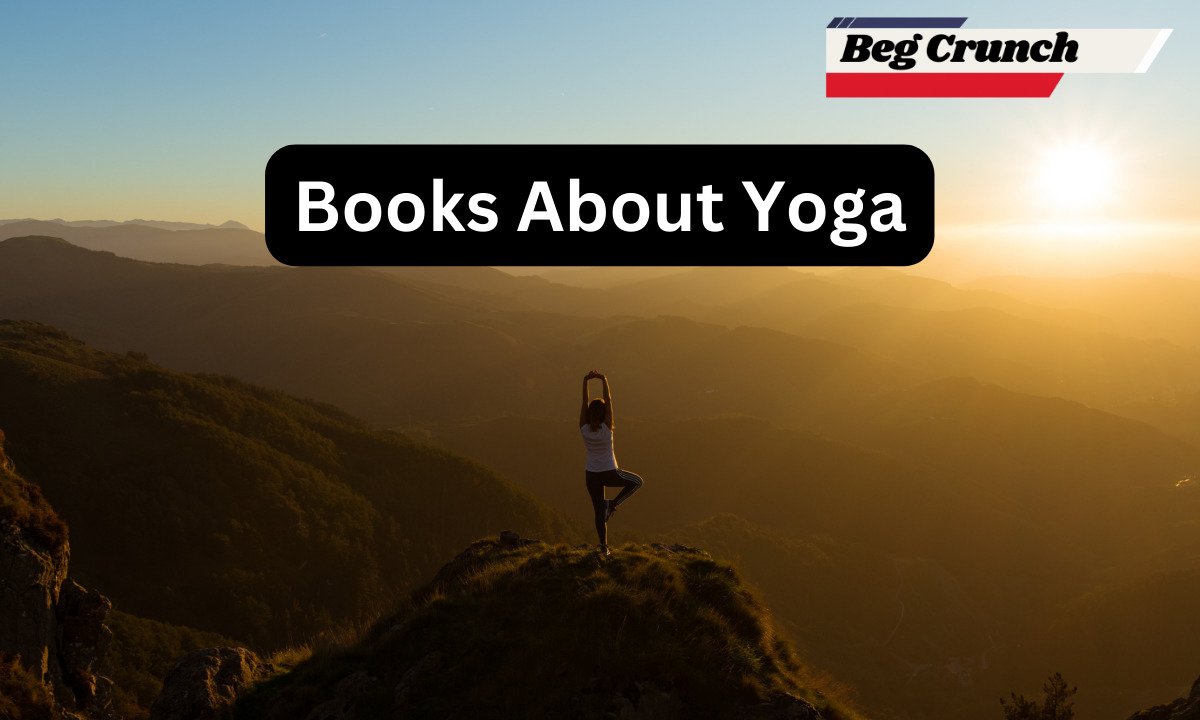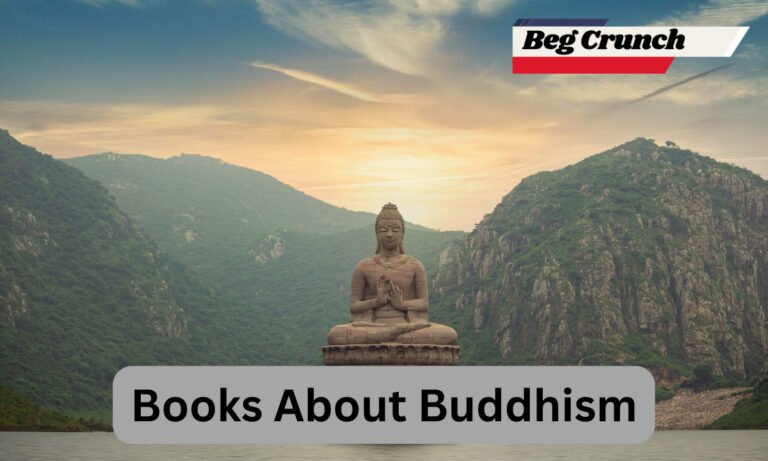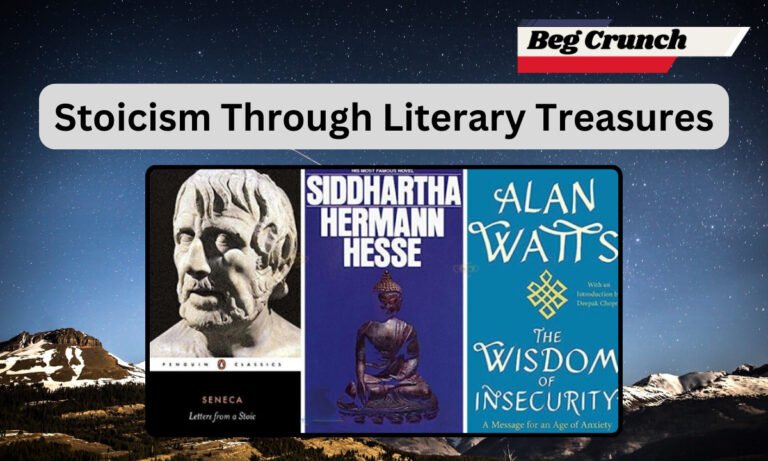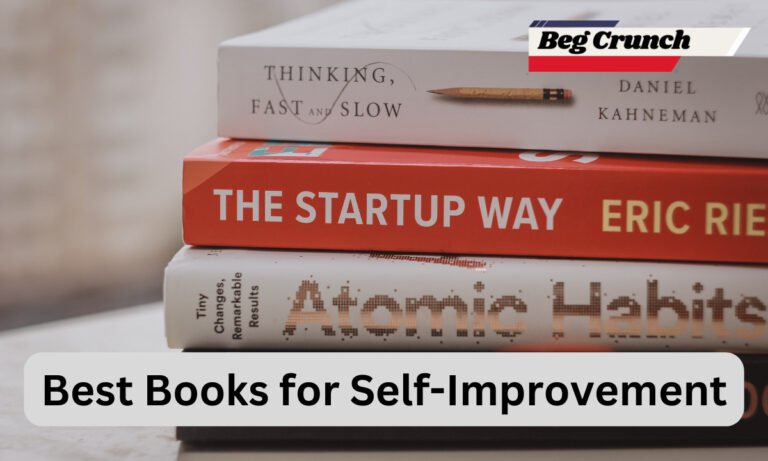Books About Yoga
Yoga, an ancient practice that encompasses physical postures, meditation, and breath control, has gained immense popularity in recent years due to its numerous physical, mental, and spiritual benefits. Whether you’re a beginner looking to explore the world of yoga or an experienced practitioner seeking to deepen your understanding, there are plenty of insightful books available on the subject. In this article, we’ll delve into some highly recommended books about yoga that cater to individuals at various levels of expertise.
Introduction to Yoga
Yoga’s Essence Unveiled: “The Heart of Yoga: Developing a Personal Practice” by T.K.V. Desikachar
In the realm of yoga literature, “The Heart of Yoga: Developing a Personal Practice” authored by the esteemed yoga teacher T.K.V. Desikachar stands as a luminous guide that transcends the confines of a conventional practice manual. At its core, this book serves as a profound testament to yoga’s transformative potential, emphasizing its adaptability as a personalized journey for practitioners of all levels.
Desikachar’s approach embodies inclusivity and accessibility. He passionately advocates tailoring yoga to an individual’s unique needs and capacities, ushering readers into a realm where the practice becomes a harmonious extension of their being. Through lucid explanations and expert guidance, Desikachar artfully weaves a tapestry encompassing yoga philosophy, asana (postures), pranayama (breath control), and meditation.
What distinguishes this work is Desikachar’s reverence for the ancient teachings. His narrative transcends the mere physical aspects of yoga, delving into the profound philosophies that underpin the practice. This holistic perspective offers readers a comprehensive understanding of yoga’s multidimensional nature, fostering not only bodily flexibility but also mental clarity and spiritual enrichment.
Illuminating the Path of Practice: “Light on Yoga” by B.K.S. Iyengar
“Light on Yoga,” B.K.S. Iyengar’s magnum work, is a guiding light in the field of yoga literature. This timeless classic, penned by the legendary yoga master himself, presents a meticulous and comprehensive guide to the art and science of yoga practice. Iyengar’s approach marries precision with profundity, offering readers a transformative journey through the physical, mental, and spiritual realms of the yogic path.
The book’s hallmark is its meticulous attention to detail. Through clear instructions accompanied by photographs, Iyengar meticulously guides practitioners through a diverse array of asanas and pranayama techniques. This methodology ensures that beginners and seasoned practitioners alike can engage with the practice, fostering a sense of progression and accomplishment.
However, “Light on Yoga” extends beyond the physical. Iyengar delves into the philosophical foundations of yoga, elucidating its capacity to revolutionize not only the body but also the mind and spirit. His teachings echo the potential of yoga to bring about a harmonious integration of the self, transcending the boundaries of the mat to permeate daily life.
Intermediate Yoga Practices
The Key Muscles of Yoga by Ray Long
For those interested in understanding the anatomical aspects of yoga, The Key Muscles of Yoga is an invaluable resource. Ray Long, a practicing orthopedic surgeon and yoga teacher, explains the muscular and skeletal foundations of various yoga postures. This book helps practitioners develop a deeper awareness of their bodies and make informed choices to enhance their practice while minimizing the risk of injury.
The Yoga Bible by Christina Brown
Christina Brown’s The Yoga Bible is a comprehensive handbook that covers a vast array of yoga poses and practices. With detailed step-by-step instructions and accompanying photographs, this book is suitable for both beginners and intermediate practitioners. It also includes sequences for different purposes, such as relaxation, flexibility, and strength building.
Advanced Yoga and Philosophy
Swami Satchidananda’s translation of the Patanjali Yoga Sutras
The Yoga Sutras of Patanjali are foundational texts that offer insights into the philosophy and psychology of yoga. Swami Satchidananda’s translation includes commentary that makes the teachings accessible and applicable to modern practitioners. This book explores the nature of the mind, the path to liberation (samadhi), and the practices that lead to a state of profound self-realization.
The Bhagavad Gita translated by Eknath Easwaran
The Bhagavad Gita, a revered scripture, presents a conversation between Lord Krishna and the warrior Arjuna, addressing profound philosophical and ethical dilemmas. Eknath Easwaran’s translation captures the essence of this dialogue, discussing concepts like duty, dharma, and the paths to spiritual enlightenment. The Gita’s wisdom is highly relevant to both yoga practitioners and anyone seeking guidance in life’s complexities.
Yoga and Mindfulness
Thich Nhat Hanh’s The Miracle of Mindfulness
While not exclusively about yoga, The Miracle of Mindfulness by Thich Nhat Hanh explores mindfulness as a transformative practice. Mindfulness and yoga share the goal of cultivating present-moment awareness. Thich Nhat Hanh’s teachings provide practical techniques to bring mindfulness into daily life, promoting a sense of peace and connection.
Michael A. Singer’s The Untethered Soul: The Journey Beyond Yourself
Michael A. Singer’s book delves into the realm of consciousness and spirituality. While not focused solely on yoga, its insights align with yogic principles of self-discovery and inner freedom. Singer explores the nature of thoughts, emotions, and the self, offering guidance on transcending limitations and embracing a liberated way of being.
FAQs
What physical advantages can frequent yoga practice offer?
Regular yoga practice offers a range of physical benefits, including increased flexibility, improved strength, enhanced posture, and better balance. Yoga’s emphasis on mindful movement also contributes to reduced muscle tension and improved joint health.
How does yoga contribute to stress reduction?
The body’s relaxation response is triggered by the relaxation practices that are incorporated into yoga. Through deep breathing, meditation, and gentle movement, yoga helps lower cortisol levels, decrease stress, and promote a sense of calm and well-being.
Is yoga considered a spiritual practice?
Yes, yoga has deep spiritual roots. While modern practice often focuses on physical postures, traditional yoga encompasses ethical principles, meditation, and self-realization. It provides a path for individuals to connect with their inner selves and explore the spiritual dimensions of life.
Conclusion
The world of yoga is vast and multifaceted, offering benefits for the body, mind, and spirit. These recommended books provide a gateway to deeper exploration, whether you’re a novice or an experienced yogi. By delving into these texts, you can enrich your understanding of yoga’s philosophy, practices, and holistic impact on well-being.







